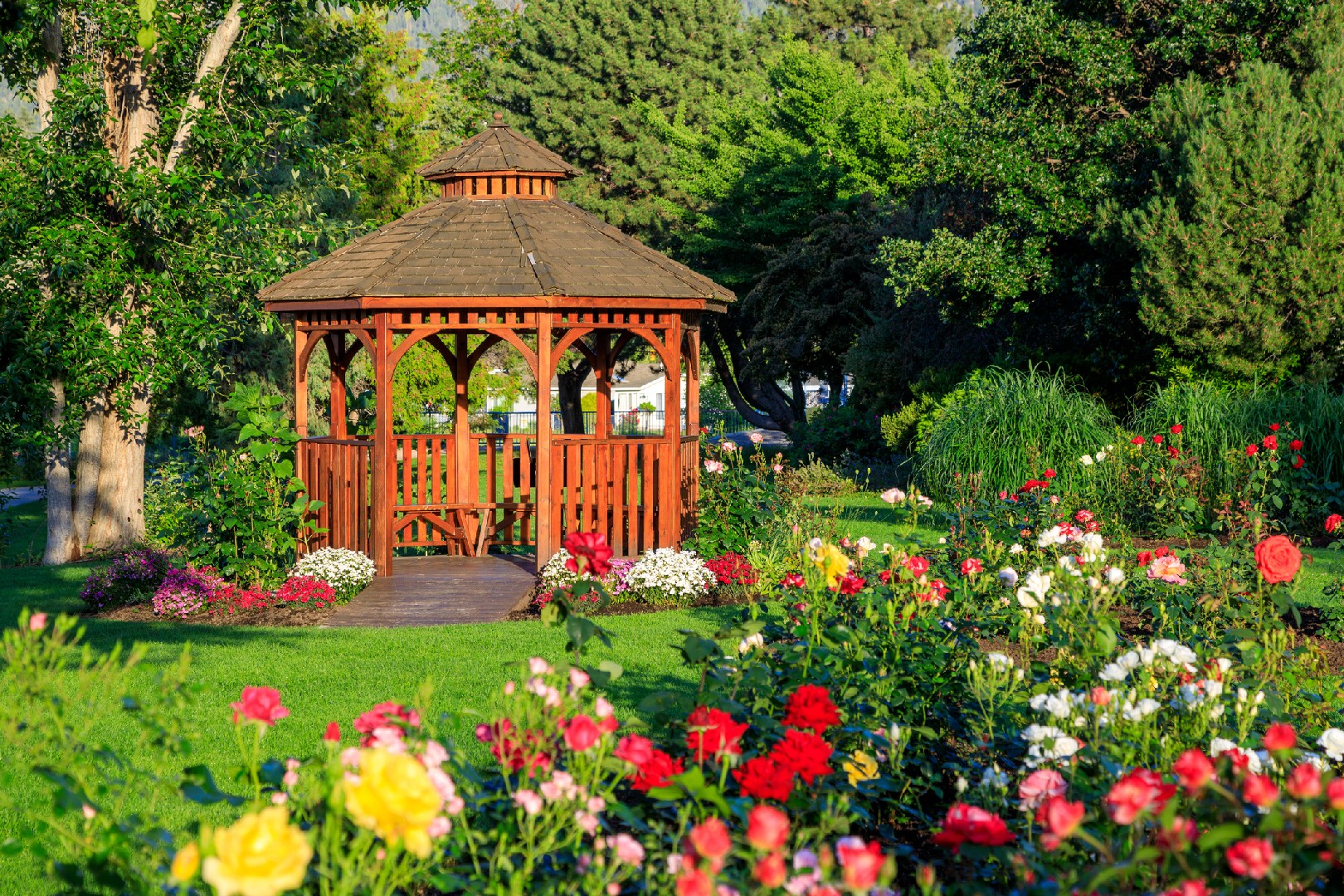![Rectangle]()
The Green Impact: Benefits of Public Parks for Communities
Public parks play a crucial role in revitalizing communities by providing numerous benefits to the people who live in and around them. These green spaces offer both physical and mental health benefits, serve as hubs for community events and activities, and have important environmental impacts. By understanding and harnessing these benefits, communities can create vibrant spaces that promote well-being and enhance quality of life.
One of the most significant benefits of public parks is their positive impact on physical and mental health. Green spaces provide opportunities for exercise, allowing individuals to engage in activities such as walking, jogging, and playing sports. Regular physical activity in public parks not only helps improve cardiovascular health and maintain a healthy weight, but it also enhances muscle strength and flexibility. Additionally, spending time in nature has been shown to reduce stress levels and increase overall well-being. Research has even found that spending time in natural environments can help alleviate symptoms of anxiety and depression.
Furthermore, public parks serve as vital social gathering spaces, fostering a sense of community and connectedness. These green areas often host community events, such as concerts, festivals, and farmer's markets, which bring people together and create opportunities for social interaction. In addition, public parks provide venues for recreational activities, such as playgrounds and sports fields, where people of all ages can come together and bond over shared interests. This sense of community and belonging that public parks foster is crucial for creating strong and resilient communities.
In addition to their impact on individual well-being and community cohesion, well-designed public parks also have important environmental benefits. These green spaces improve air quality by absorbing pollutants and releasing oxygen. Trees and plants within public parks help to reduce the harmful effects of air pollution, providing cleaner air for the surrounding areas. Moreover, public parks help mitigate climate change by reducing the urban heat island effect. The trees and plants in these green spaces provide shade, reducing the amount of sunlight absorbed by buildings and pavement, thus lowering ambient temperatures. This not only improves comfort for park-goers but also reduces energy consumption for cooling in nearby buildings.
To maximize the benefits of public parks, it is important to involve community members in the design and maintenance process. Communities can engage in participatory decision-making and provide input on park design that meets their specific needs and preferences. Additionally, involving community members in park maintenance and stewardship creates a sense of pride and ownership, encouraging responsible use and care of these valuable community assets.
In conclusion, public parks have a profound impact on communities, offering physical and mental health benefits, serving as hubs for community events and activities, and providing important environmental benefits. By recognizing and harnessing these benefits, communities can create vibrant spaces that enhance quality of life and promote overall well-being. It is crucial for communities to actively engage in the planning, design, and maintenance of public parks to ensure they meet the diverse needs of their residents. So, let us embrace the art of landscape design for public parks and work towards revitalizing our communities through these valuable green spaces.





